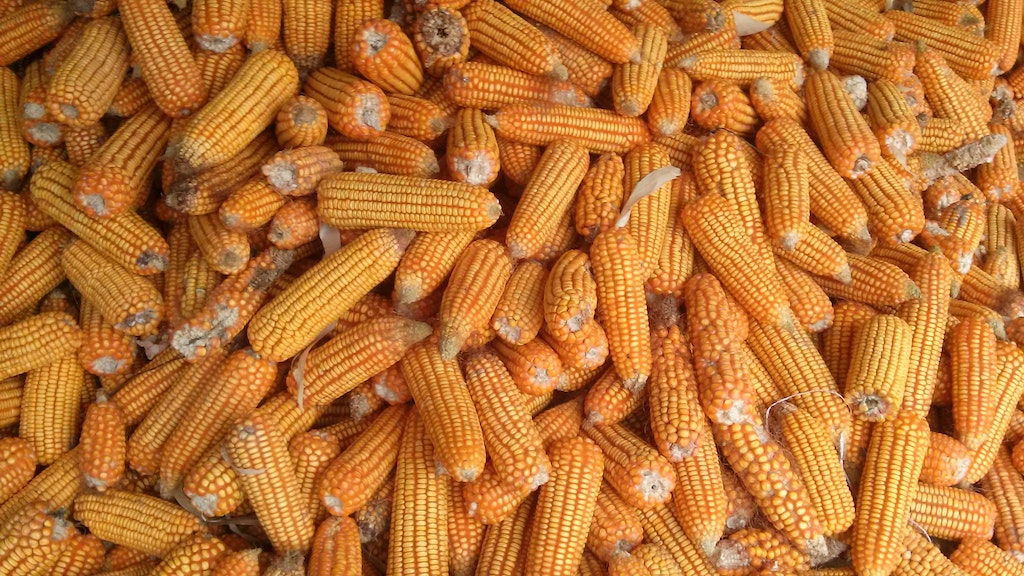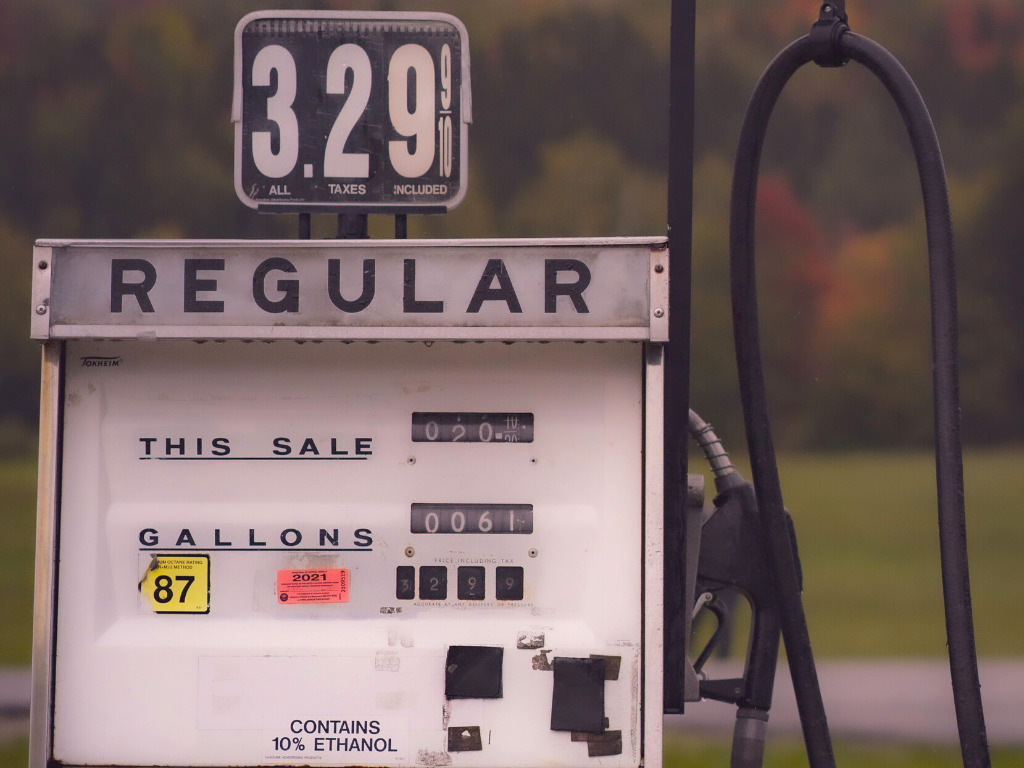3 Mins Read
Corn-based ethanol may be worse for the environment than the gasoline it’s so often mixed with, finds a new study.
For years, corn ethanol has been mixed with gasoline to help reduce pollution, touted as an environmentally-friendly way to decrease emissions. But according to new research, published in the Proceedings of the National Academy of Sciences last month, while it may be better for breathing, it’s not a win for the planet.
The study comes on the heels of a biofuel review by the Biden administration as part of its climate strategy and plans to decarbonize the economy by 2050.
The new research, which received funding from the National Wildlife Federation and the U.S. Department of Energy, found that corn-based ethanol is at least 24 percent more carbon-intensive than gasoline, due in large part to the land use for corn-growing. Processing and use in engines also play a part in its carbon footprint.
Ethanol and the environment
“Corn ethanol is not a climate-friendly fuel,” Dr. Tyler Lark, assistant scientist at University of Wisconsin-Madison Center for Sustainability and the Global Environment and lead author of the study, said in a statement.

Lark’s research stands in contrast to research conducted by the USDA that found biofuels to be a sustainable option. In 2019, it reported that ethanol’s carbon intensity was 39 percent lower than gasoline, citing carbon sequestration linked to planting new cropland.
The U.S. leads the world in biofuel production, producing nearly half of it in the last decade. That’s because, since 2005, the Renewable Fuel Standard has required U.S. oil refiners to use 15 billion gallons of corn ethanol to the more than 120 billion gallons of gas consumed in the U.S. every year. Most gasoline in the U.S. contains about ten percent ethanol.
Land use
The new study’s findings show that expanded corn production to meet ethanol production needs put excess pressure on the environment. With corn production expanding nearly nine percent between 2008 and 2016, fertilizer use increased by as much as eight percent and water pollutants rose by as much as five percent. But the biggest impact came from land use, generating as many greenhouse gas emissions as gasoline, but the study says the number could be even higher—as much as 24 percent.
“If you crank up demand, you get land use change,” says Lark. “In general, when you convert something like a perennial grassland to an annually cultivated cropland, there are significant carbon emissions associated with that land use change.”

Geoff Cooper, president and CEO of the Renewable Fuels Association, refuted the study’s claims in a rebuttal from the association.
“The claims in this report simply don’t align with reality and the facts on the ground. By slapping together a series of worst-case assumptions, cherry-picked data, and disparate results from previously debunked studies, the authors created a completely fictional and erroneous account of the environmental impacts of the Renewable Fuel Standard,” he said.
But according to the researchers, the main takeaway is just the opposite, “the U.S. renewable fuel policy, which is the largest biofuel program in the world, has likely increased rather than decreased climate-warming greenhouse gas emissions and other environmental pollutants,” Lark says.
The findings come just as the IPCC released its latest, starkest warning yet about climate change. In particular, the report found not enough is currently being done to protect land. “Maintaining the resilience of biodiversity and ecosystem services at a global scale depends on effective and equitable conservation of approximately 30 percent to 50 percent of Earth’s land, freshwater and ocean areas,” the report said.
Lead photo by Lalit Gupta on Unsplash




